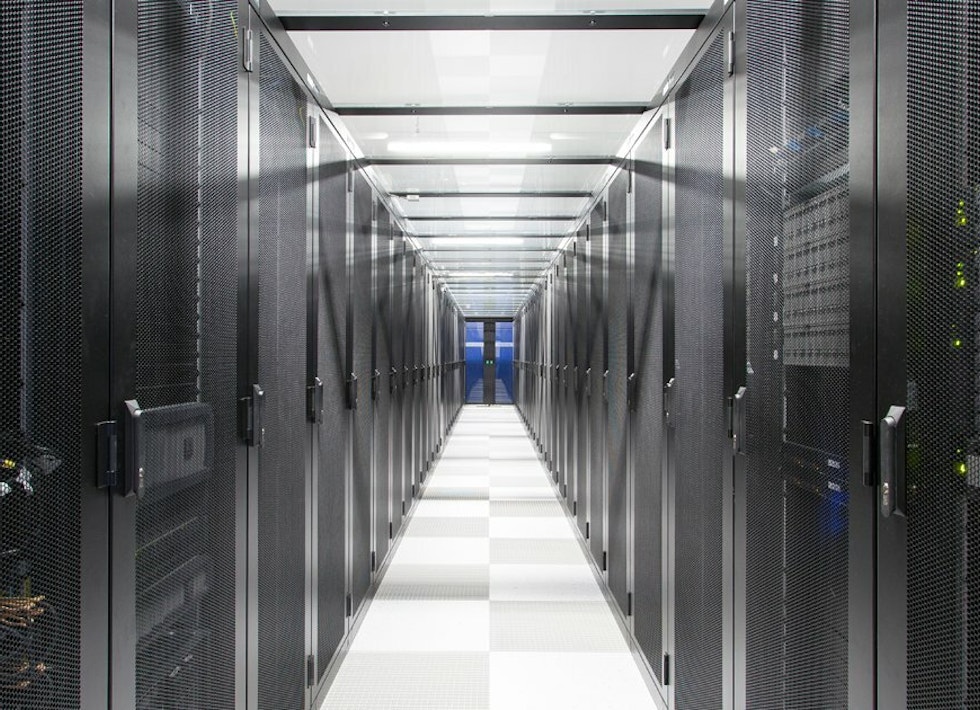Want to know which cloud best suits your processes, compliance requirements and growth plans? We are happy to provide you with independent and customized advice: no standard solutions, but a cloud architecture that fits your business and IT strategy.
Blog post #2 | Pain points that hybrid cloud does solve (and your current approach does not)

1. Outdated infrastructure
Many organizations still run on legacy systems that were fine for years, but now no longer meet the demands of speed, flexibility and security. They are expensive to maintain, difficult to integrate with modern applications, and pose a risk of downtime or failure.
Solution
Hybrid cloud allows you to modernize step by step: you keep stable, critical systems where necessary, but can develop and roll out new applications and functionalities already in the cloud. That way you continue to build iteratively without an all-or-nothing migration.
2. Limited scalability
Traditional on-premise infrastructure is often designed for average load. During unexpected peaks (for example, during campaigns or seasonal traffic), systems can fail, causing performance issues and even downtime.
Solution
With a hybrid cloud architecture, you automatically turn on additional public cloud resources at times of peak demand. That way, you only pay for the capacity you actually need and avoid costly oversizing.
3. Security Concerns
IT leaders worry that their current systems do not meet the latest security standards, or are inadequately equipped to deal with modern threats such as ransomware and supply chain attacks.
Solution
An MSP with hybrid cloud expertise takes security to the next level by combining advanced cloud security with managed detection & response, compliance and governance - all under one direction.
4. Complexity in IT management
The proliferation of different vendors, hardware, cloud environments and applications creates a fragmented IT landscape. This makes it difficult to keep a grip on management, performance and security.
Solution
An experienced MSP centralizes direction and management of the entire hybrid IT stack, including all environments and services. This creates a single point of contact, better overview and a proactive approach to bottlenecks.
Hybrid cloud not only helps organizations increase their IT resilience, but also gives them room to innovate faster without compromising on security or compliance
5. Unpredictable costs
CapEx investments for on-premise infrastructure are often high and difficult to predict due to unexpected maintenance costs or capacity expansions.
Solution
Hybrid cloud allows you to operate on an OpEx model, where you pay by usage. This makes the cost curve more predictable and allows you to respond more flexibly to changing business needs.
6. IT talent shortage
The tight labor market makes it difficult to attract and retain specialists for cloud, security and infrastructure. As a result, projects are delayed or risks remain unresolved.
Solution
An MSP provides the right expertise 24/7, including specialists you can hardly recruit yourself, without the fixed personnel costs of internal appointments.
7. Delay in innovation
New projects often stall because the IT department is overburdened with operational tasks or legacy constraints. As a result, innovative ideas remain on the shelf.
Solution
Hybrid cloud facilitates a modern development and testing environment in the public cloud, allowing new solutions to be built, tested and deployed faster. Data analytics and cloud platforms also accelerate insight and decision-making around innovation.
Conclusion
Hybrid cloud offers a powerful answer to common IT challenges, from aging infrastructure to fragmented management and talent shortages. By cleverly combining hybrid technology with the knowledge and direction of an experienced MSP, you create a future-proof IT landscape that is not only secure and scalable, but also allows for continuous innovation.
In the next blog, we will elaborate on how to effectively deploy hybrid cloud for cost control and improving your organizational performance.
Also read our blog post #1: The hybrid cloud - hype or necessity for modern businesses?



